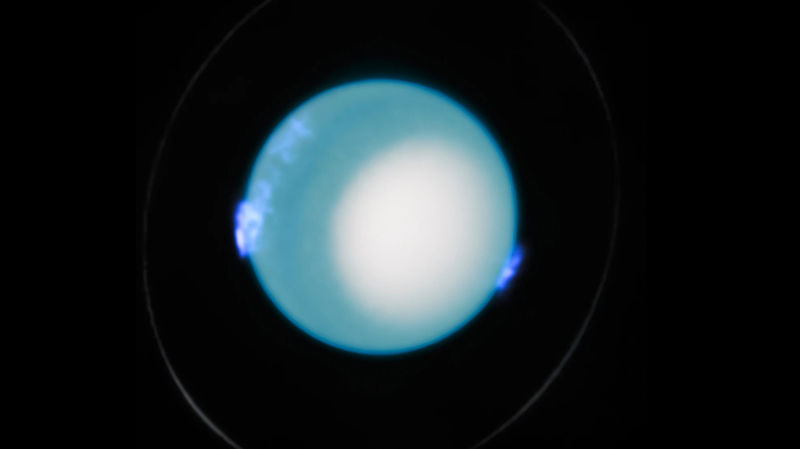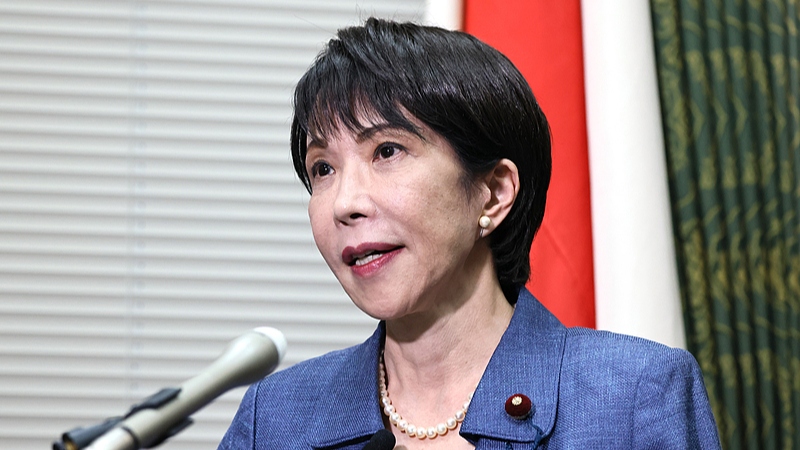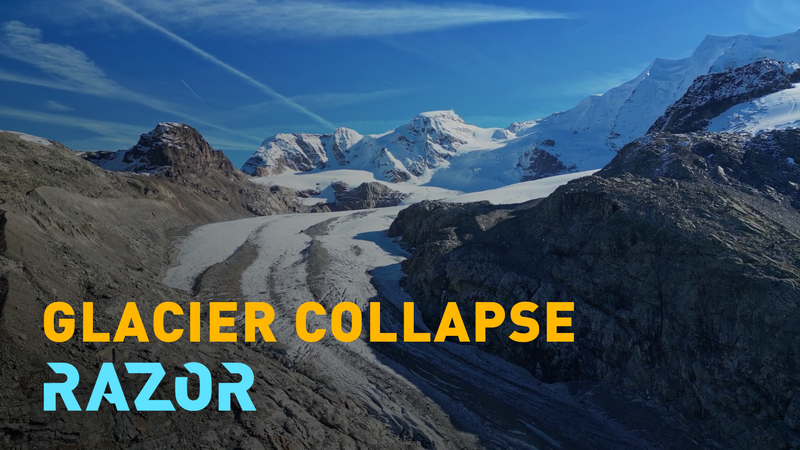New observations by the Hubble Space Telescope have revealed that a day on Uranus is 28 seconds longer than previous estimates by NASA’s Voyager 2 in the 1980s. The planet now takes 17 hours, 14 minutes, and 52 seconds to complete one full rotation.
A French-led team from the Paris Observatory, headed by Laurent Lamy, analyzed a decade of aurora data to track Uranus’s magnetic poles. This innovative approach not only refines our understanding of the ice giant’s rotational dynamics but also demonstrates how long-term monitoring can unlock new insights into planetary behavior.
Published in the journal Nature Astronomy, the study arrives just weeks before the 35th anniversary of the Hubble Space Telescope’s launch by NASA's space shuttle Discovery in 1990. These findings provide a fresh perspective on the delicate balance of forces shaping the cosmos, inspiring both seasoned researchers and young global citizens passionate about space exploration.
As our solar system continues to reveal its secrets, discoveries like this remind us of the power of perseverance and innovation in scientific inquiry.
Reference(s):
cgtn.com



